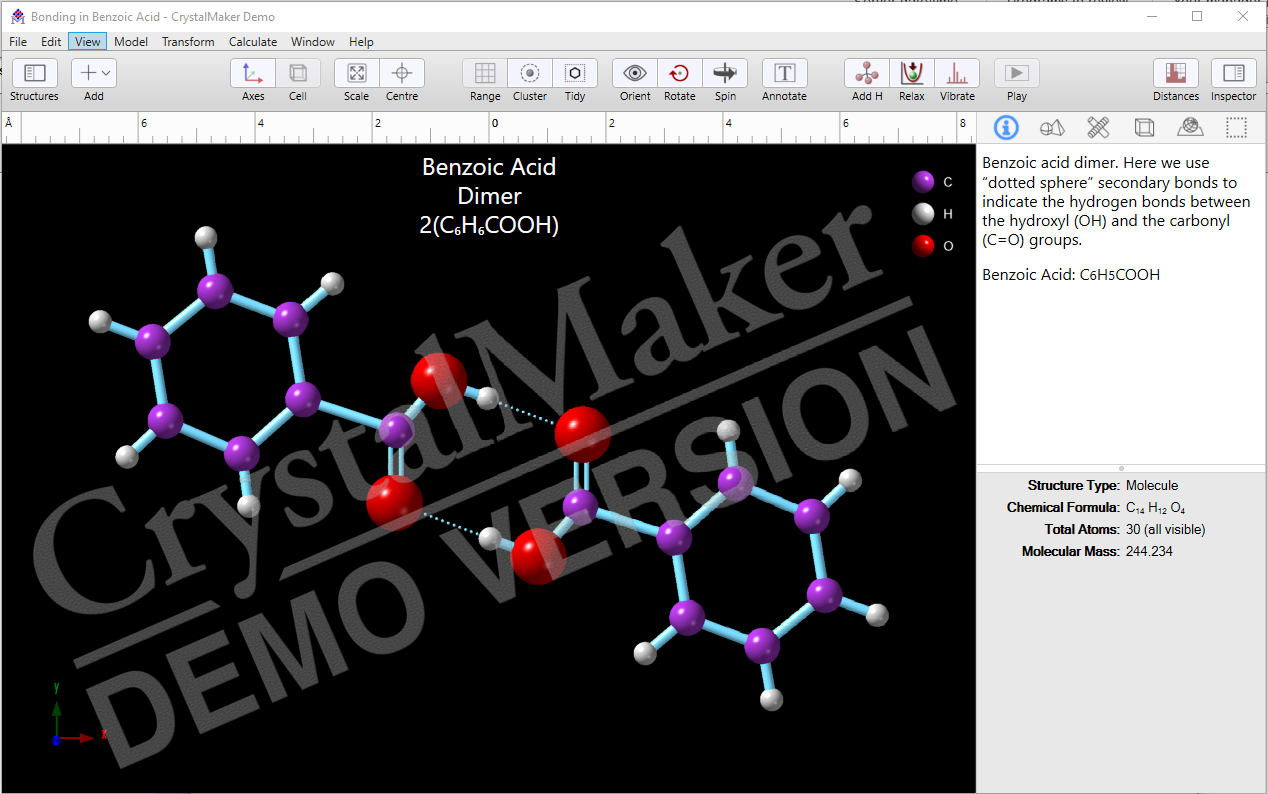

In arsenocrandallite DD150 (Blount 1974), Fe 3+ is substituting into the Al site, likely in polyhedra with two different combinations of next nearest neighbors. Childrenite (Giuseppetti and Tadini 1984) ML‑P29 has only one doublet corresponding to the Fe (M) site. 1986) contains multiple Fe 2+ doublets but their assignments to specific sites are unclear.

There is no crystal structure refinement available for varulite, so the M2 polyhedron from Hagendorfite is illustrated there hypothetically. 2005), and varulite DD321 contain multiple doublets of Fe 2+ and Fe 3+, but as with the other alluaudite group minerals, all Fe is assigned to the M2 site. Two samples of hagendorfite, DD184 and DD237 (Redhammer et al. 1986) are predominantly Fe 3+ in the M2 site. Alluaudite (Moore 1971a) ML‑P40 and " ferroalluaudite " ML‑P14 (Corbin et al. The fit envelope for each fit is shown as a thin solid line in gold. Solid lines represent Fe 3+ with D = 0.23–0.49 mm/s in red, 0.5–0.79 mm/s in orange, and D > 0.80–1.55 mm/s are purple. Dashed lines representing Fe 2+ in doublets with D = 1.43–1.99 mm/s are shown in green, D = 2.00–2.85 mm/s are light blue, D > 2.85 mm/s are dark blue. Mössbauer spectra and Fe coordination polyhedra created using CrystalMaker software and data from the American Mineralogist Crystal Structure Database, with citations to the crystal structure refinements from which the polyhedra were built following each mineral species name.


 0 kommentar(er)
0 kommentar(er)
